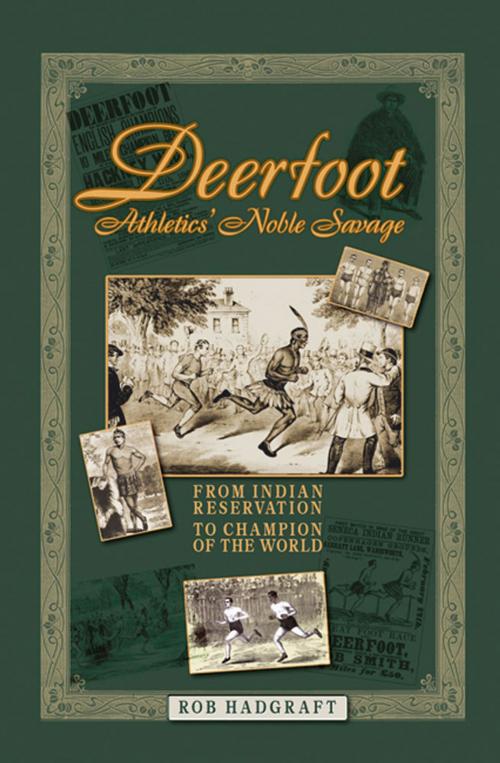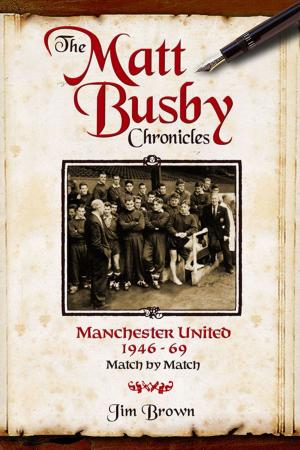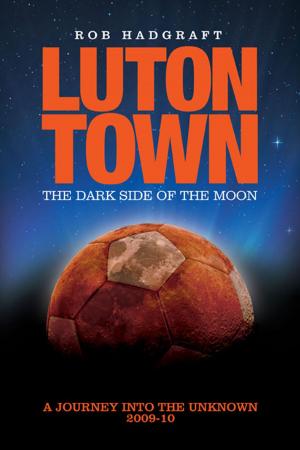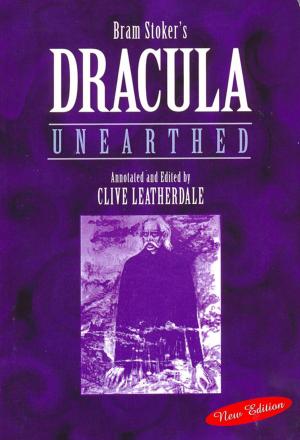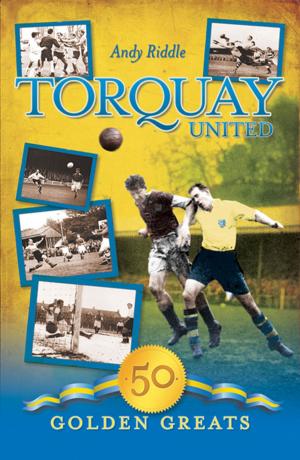Deerfoot: Athletics' Noble Savage - From Indian Reservation to Champion of the World
Nonfiction, Sports, Track & Field, Running & Jogging, Biography & Memoir| Author: | Rob Hadgraft | ISBN: | 9781908495020 |
| Publisher: | Desert Island Books | Publication: | October 10, 2012 |
| Imprint: | Language: | English |
| Author: | Rob Hadgraft |
| ISBN: | 9781908495020 |
| Publisher: | Desert Island Books |
| Publication: | October 10, 2012 |
| Imprint: | |
| Language: | English |
British author Rob Hadgraft specialises in biographies of marathon and ultra-distance runners. All are available worldwide as ebooks. His five subjects to date are:1. The Little Wonder: The Untold Story of Alfred Shrubb - World Champion Runner.2. Beer and Brine: The Making of Walter George - Athletics' First Superstar.3. Deerfoot: Athletics' Noble Savage - From Indian Reservation to Champion of the World.4. Tea with Mr Newton: 100,000 Miles - The Longest Protest March in History.5. Plimsolls On, Eyeballs Out: The Rise and Horrendous Fall of Marathon Legend Jim Peters. British sport had never seen anything quite like him. He ran like the wind, wearing feathers, beads and moccasins. Louis Bennett (Deerfoot) was an American Indian plucked from a reservation thousands of miles away to perform on London racetracks. Instructed by his manager to run in native costume and emit frightening war whoops, Deerfoots races turned into bizarre and absorbing spectacles. Touted as the worlds fastest pedestrian, he was an instant sensation in a Victorian England hungry for spectacle, entertainment and the opportunity to gamble. There was no doubt he was a phenomenal runner, but everywhere he went Deerfoot faced a bewildering mixture of hero-worship, racial discrimination, admiration, ridicule and even violence. The pressures saw him descend into heavy drinking and brawling. On occasion he was even provoked into attacking spectators during a race. Thanks solely to Deerfoot, the rough-and-ready English racetracks began attracting women spectators and gentlemen of the upper classes for the first time, such was the unique fascination with this handsome noble savage. Even the Prince of Wales demanded to meet him. Deerfoot rarely lost a race and won himself and his crafty English manager a small fortune. They had to deal with accusations that many events were a sham with fixed outcomes. However, Deerfoots critics often ignored the fact that he smashed a number of world records during his stay and his best time for the one-hour race would not be beaten for 34 years. The early 1860s was a fascinating period in the early development of organised athletics, and star performer Deerfoot was a truly unique mixture of sporting excellence and freak show. Told in full for the first time, this is his story. When a man calling himself Deerfoot emerged from a pub in Hackney in September 1861 and strolled across to the racetrack next door, thousands of Englishmen nearly fainted with shock and excitement. Dressed in full Native American costume and glaring fiercely at all about him, this muscular Senecan Indian had travelled thousands of miles to be at the home of pedestrianism. He was here with the intention of beating the champion English runners in their own backyard. English sport had never seen anything quite like it. The frenzy of interest that greeted the exotic visitor sent shockwaves throughout the land. Thousands turned out to see this noble savage run at the big London venues and then further afield in the provinces. Just about every race involving Deerfoot (and he crammed 130 into his 87-week stay) would become a bizarre mixture of athletic excellence and manufactured outcomes. Anything could happen at a Deerfoot race: a world record, an outbreak of violence, a fortune won or lost in betting, runners collapsing insensible. But even the cynics who condemned the whole thing as a cheap circus could not fail to be impressed by this strange man from a strange land who ran faster than anybody had run before.
British author Rob Hadgraft specialises in biographies of marathon and ultra-distance runners. All are available worldwide as ebooks. His five subjects to date are:1. The Little Wonder: The Untold Story of Alfred Shrubb - World Champion Runner.2. Beer and Brine: The Making of Walter George - Athletics' First Superstar.3. Deerfoot: Athletics' Noble Savage - From Indian Reservation to Champion of the World.4. Tea with Mr Newton: 100,000 Miles - The Longest Protest March in History.5. Plimsolls On, Eyeballs Out: The Rise and Horrendous Fall of Marathon Legend Jim Peters. British sport had never seen anything quite like him. He ran like the wind, wearing feathers, beads and moccasins. Louis Bennett (Deerfoot) was an American Indian plucked from a reservation thousands of miles away to perform on London racetracks. Instructed by his manager to run in native costume and emit frightening war whoops, Deerfoots races turned into bizarre and absorbing spectacles. Touted as the worlds fastest pedestrian, he was an instant sensation in a Victorian England hungry for spectacle, entertainment and the opportunity to gamble. There was no doubt he was a phenomenal runner, but everywhere he went Deerfoot faced a bewildering mixture of hero-worship, racial discrimination, admiration, ridicule and even violence. The pressures saw him descend into heavy drinking and brawling. On occasion he was even provoked into attacking spectators during a race. Thanks solely to Deerfoot, the rough-and-ready English racetracks began attracting women spectators and gentlemen of the upper classes for the first time, such was the unique fascination with this handsome noble savage. Even the Prince of Wales demanded to meet him. Deerfoot rarely lost a race and won himself and his crafty English manager a small fortune. They had to deal with accusations that many events were a sham with fixed outcomes. However, Deerfoots critics often ignored the fact that he smashed a number of world records during his stay and his best time for the one-hour race would not be beaten for 34 years. The early 1860s was a fascinating period in the early development of organised athletics, and star performer Deerfoot was a truly unique mixture of sporting excellence and freak show. Told in full for the first time, this is his story. When a man calling himself Deerfoot emerged from a pub in Hackney in September 1861 and strolled across to the racetrack next door, thousands of Englishmen nearly fainted with shock and excitement. Dressed in full Native American costume and glaring fiercely at all about him, this muscular Senecan Indian had travelled thousands of miles to be at the home of pedestrianism. He was here with the intention of beating the champion English runners in their own backyard. English sport had never seen anything quite like it. The frenzy of interest that greeted the exotic visitor sent shockwaves throughout the land. Thousands turned out to see this noble savage run at the big London venues and then further afield in the provinces. Just about every race involving Deerfoot (and he crammed 130 into his 87-week stay) would become a bizarre mixture of athletic excellence and manufactured outcomes. Anything could happen at a Deerfoot race: a world record, an outbreak of violence, a fortune won or lost in betting, runners collapsing insensible. But even the cynics who condemned the whole thing as a cheap circus could not fail to be impressed by this strange man from a strange land who ran faster than anybody had run before.
